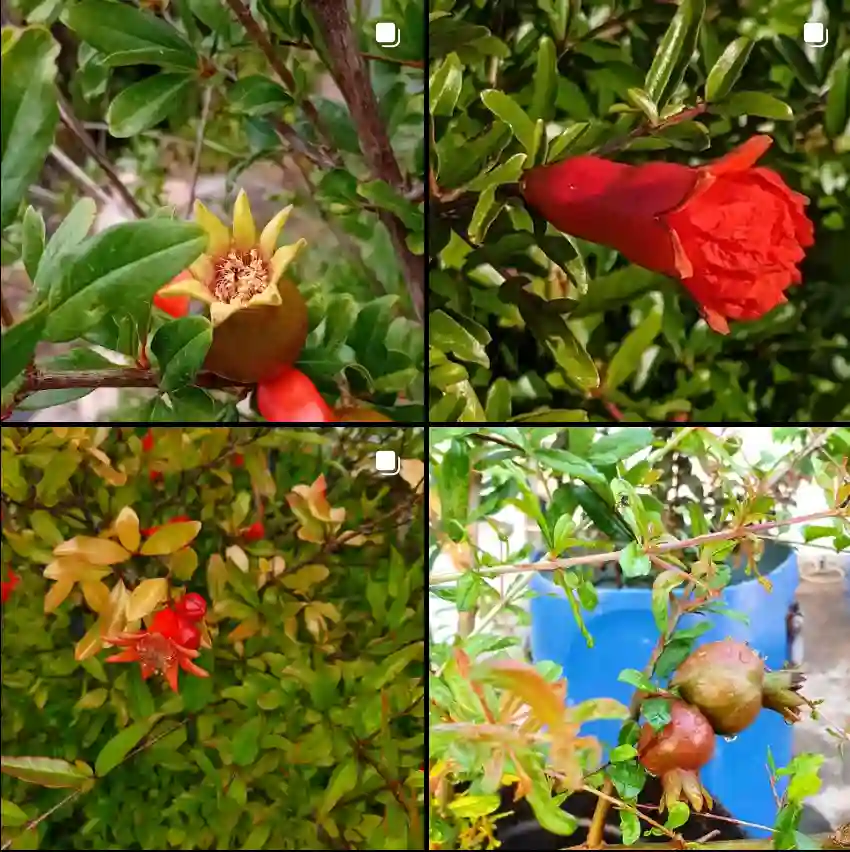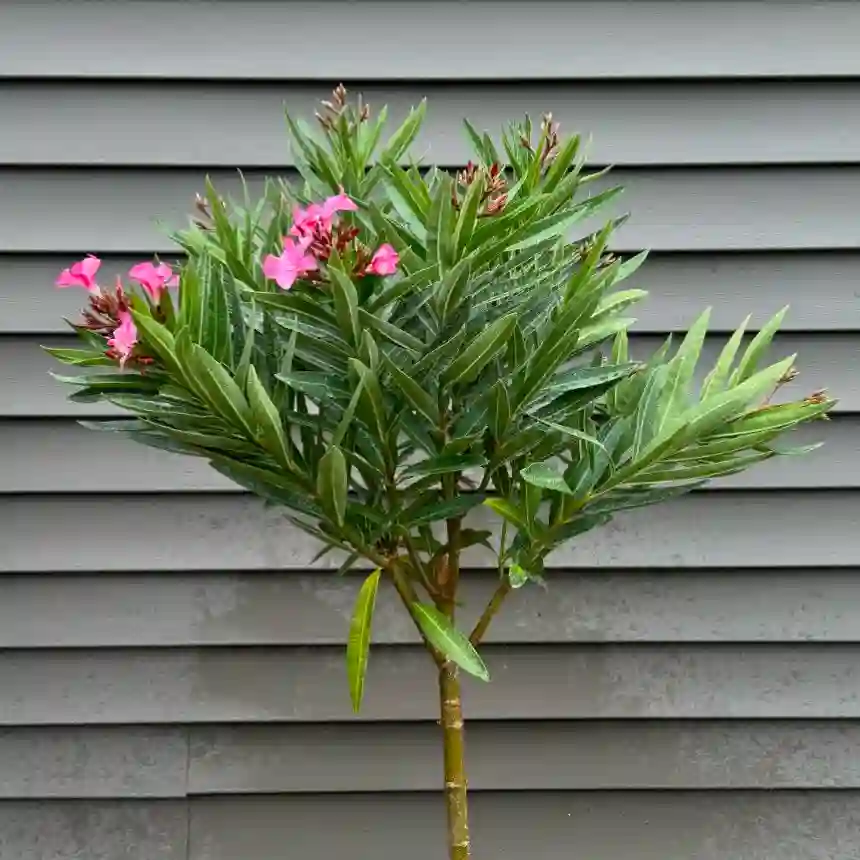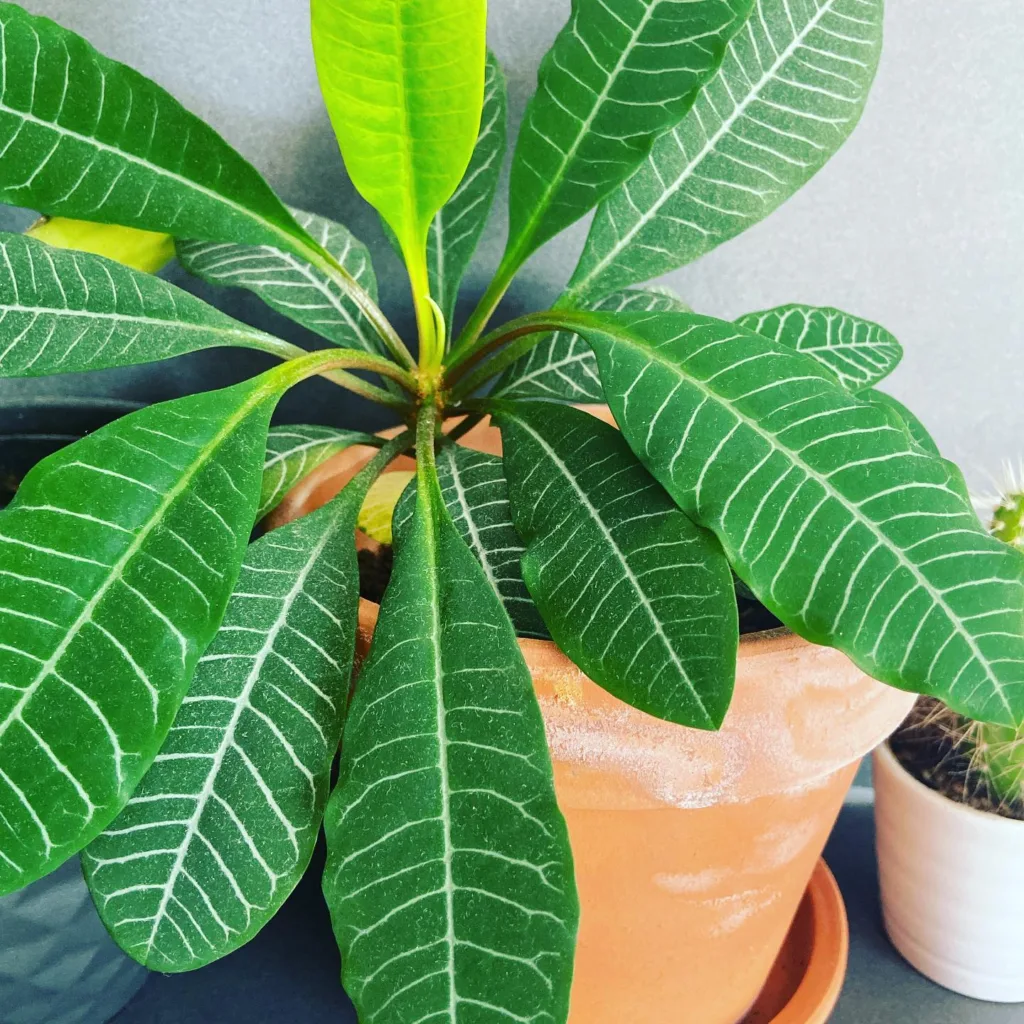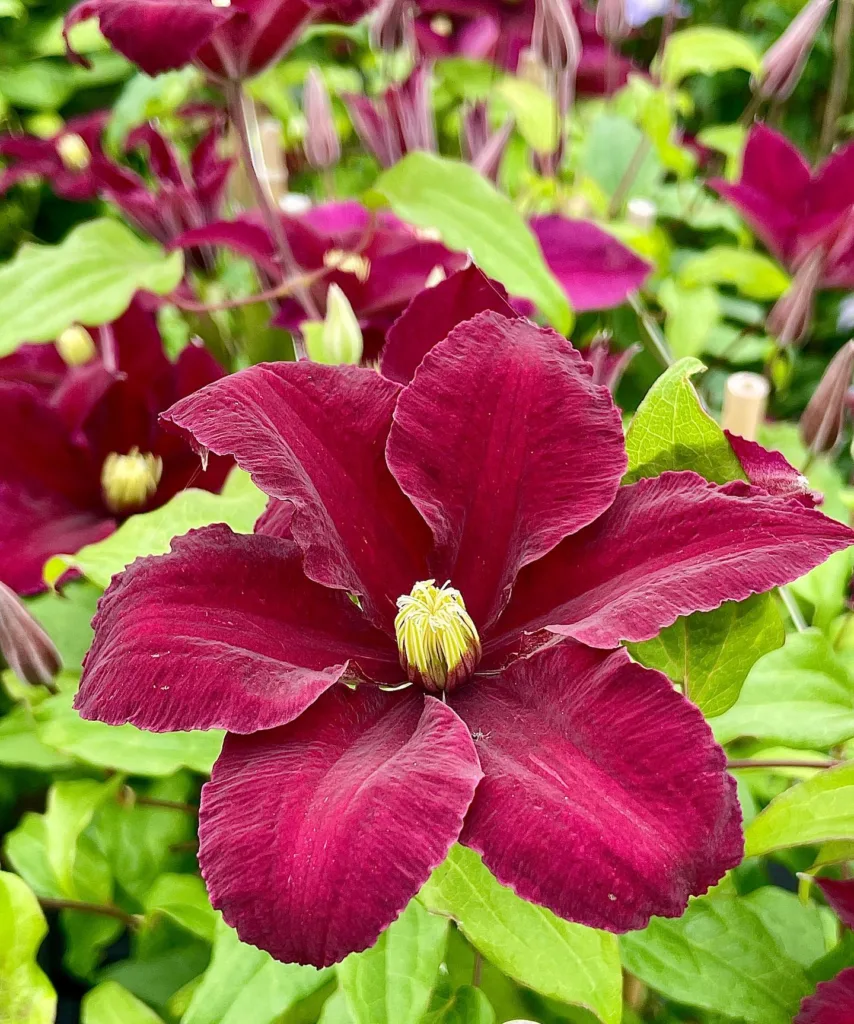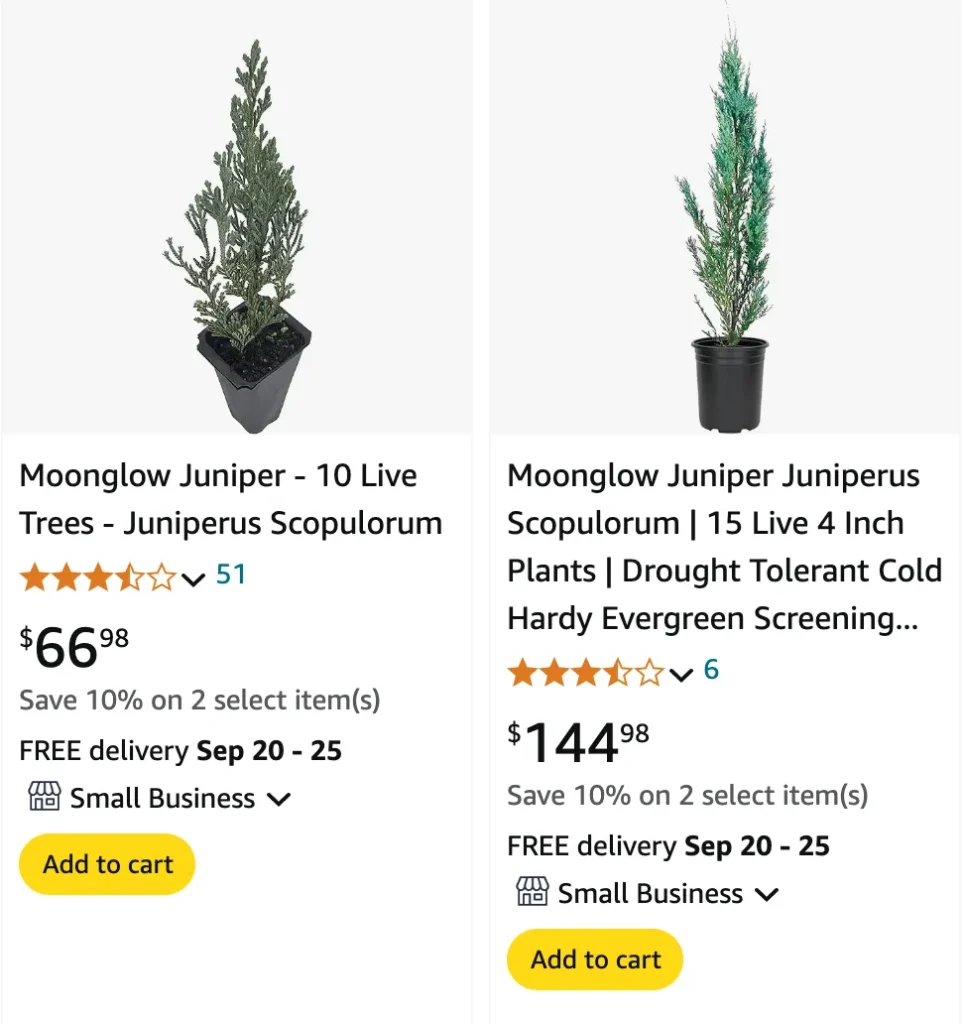
What is Juniperus Moonglow?
Juniperus Moonglow, also known as Moonglow Juniper, is a striking evergreen shrub prized for its unique, silvery-blue foliage and compact growth habit. Native to North America, this cultivar of the Juniperus genus is known for its narrow, upright form and soft, needle-like leaves. Its attractive color and architectural shape make it a popular choice for modern landscapes and garden designs.
74 Species in Genus Juniperus
How to Care for Juniperus Moonglow?
Caring for Juniperus Moonglow is relatively straightforward, making it a great choice for both novice and experienced gardeners. Here’s what you need to know:
- Sunlight: This juniper thrives in full sun. Ensure it gets at least 6 hours of direct sunlight each day. While it can tolerate some shade, too little sun can lead to sparse growth and reduced vigor.
- Soil: Juniperus Moonglow prefers well-draining soil. It’s not overly fussy about soil type but thrives in sandy or loamy conditions. Avoid heavy clay or poorly draining soils, as these can lead to root rot.
- Watering: Once established, this juniper is quite drought-tolerant. However, during the first year after planting, ensure it receives consistent moisture. Water deeply but infrequently to encourage deep root growth. Be cautious not to overwater, as junipers are susceptible to root rot.
- Fertilizing: Juniperus Moonglow generally doesn’t require heavy fertilization. A balanced, slow-release fertilizer applied in early spring can support its growth, but it’s usually not necessary if the soil is already nutrient-rich.
How to Propagate Juniperus Moonglow?
Propagating Juniperus Moonglow can be a rewarding process. Here are the steps to follow:
- From Cuttings: Take semi-hardwood cuttings in late summer or early fall. Use sharp, clean scissors to cut 4-6 inch sections from the new growth. Remove the lower leaves and dip the cut end in rooting hormone. Plant the cuttings in a well-draining potting mix and keep them in a shaded area until roots develop.
- From Seed: Juniperus Moonglow can also be propagated from seeds, though this method is less common. Stratify the seeds by placing them in a moist medium in the refrigerator for 6-8 weeks before sowing. Once stratified, sow the seeds in a well-draining soil mix and keep them warm and moist until they germinate.
What to Plant With Juniperus Moonglow?
Juniperus Moonglow pairs well with various plants to create a harmonious garden design:
- Perennials: Combine it with perennials like Lavender or Coneflowers for a contrasting color and texture. Their blooms will add seasonal interest against the juniper’s evergreen backdrop.
- Ornamental Grasses: Planting ornamental grasses such as Blue Fescue or Feather Reed Grass can enhance the textural contrast and provide a dynamic look.
- Flowering Shrubs: Mix with flowering shrubs like Hydrangeas or Spirea for added color. Their blooms will complement the juniper’s foliage throughout the growing season.
Is Juniperus Moonglow Toxic?
Juniperus Moonglow is generally non-toxic to humans and pets. However, like many evergreen plants, it can cause mild gastrointestinal upset if ingested in large quantities. It’s always a good idea to keep garden plants out of reach of young children and pets to avoid any potential issues.
Benefits of Juniperus Moonglow
- Low Maintenance: Once established, this juniper requires minimal care, making it an excellent choice for low-maintenance landscapes.
- Year-Round Interest: Its evergreen foliage provides color and structure throughout the year, even during the winter months.
- Drought Tolerance: Its ability to withstand dry conditions makes it a valuable addition to water-wise gardens.
Common Problems with Juniperus Moonglow
- Root Rot: Overwatering or poor drainage can lead to root rot. Ensure proper soil conditions and avoid excessive moisture.
- Pests: Juniperus Moonglow can sometimes attract pests like spider mites or scale insects. Regularly inspect the plant and treat infestations promptly with appropriate insecticides or natural remedies.
Comparing Juniperus Moonglow with Similar Plants
- Juniperus Chinensis ‘Blue Point’: While both are junipers with attractive blue foliage, Juniperus Moonglow has a more compact and upright form compared to the wider, spreading growth of Blue Point.
- Juniperus Squamata ‘Blue Star’: Blue Star Juniper has a similar blue hue but is much smaller and more rounded compared to the taller, narrow Moonglow.
Juniperus Moonglow is a versatile and attractive choice for many garden settings. Whether you’re looking for a low-maintenance shrub or a striking focal point, its unique qualities make it a valuable addition to any landscape.
If i die, water my plants!
